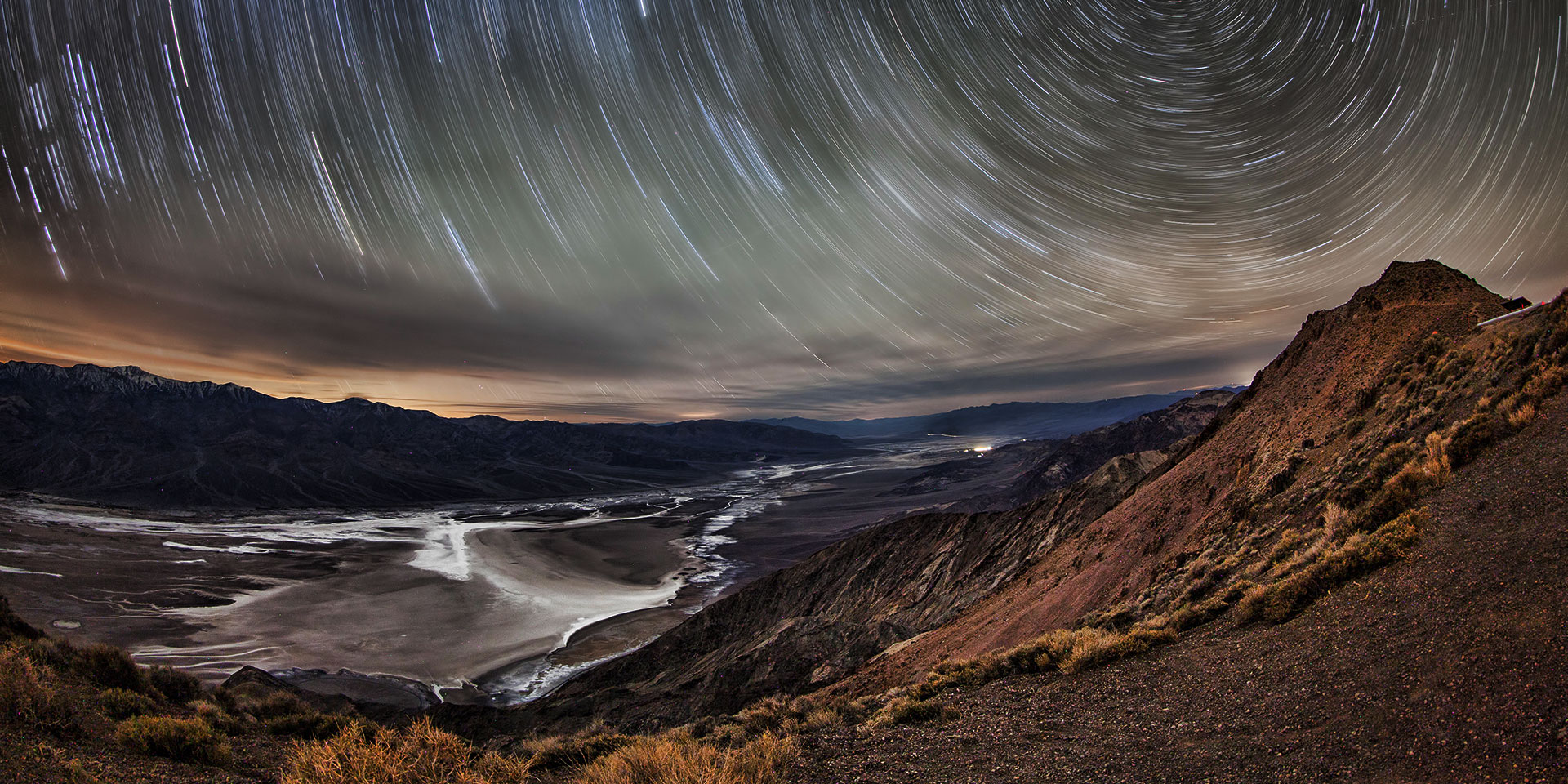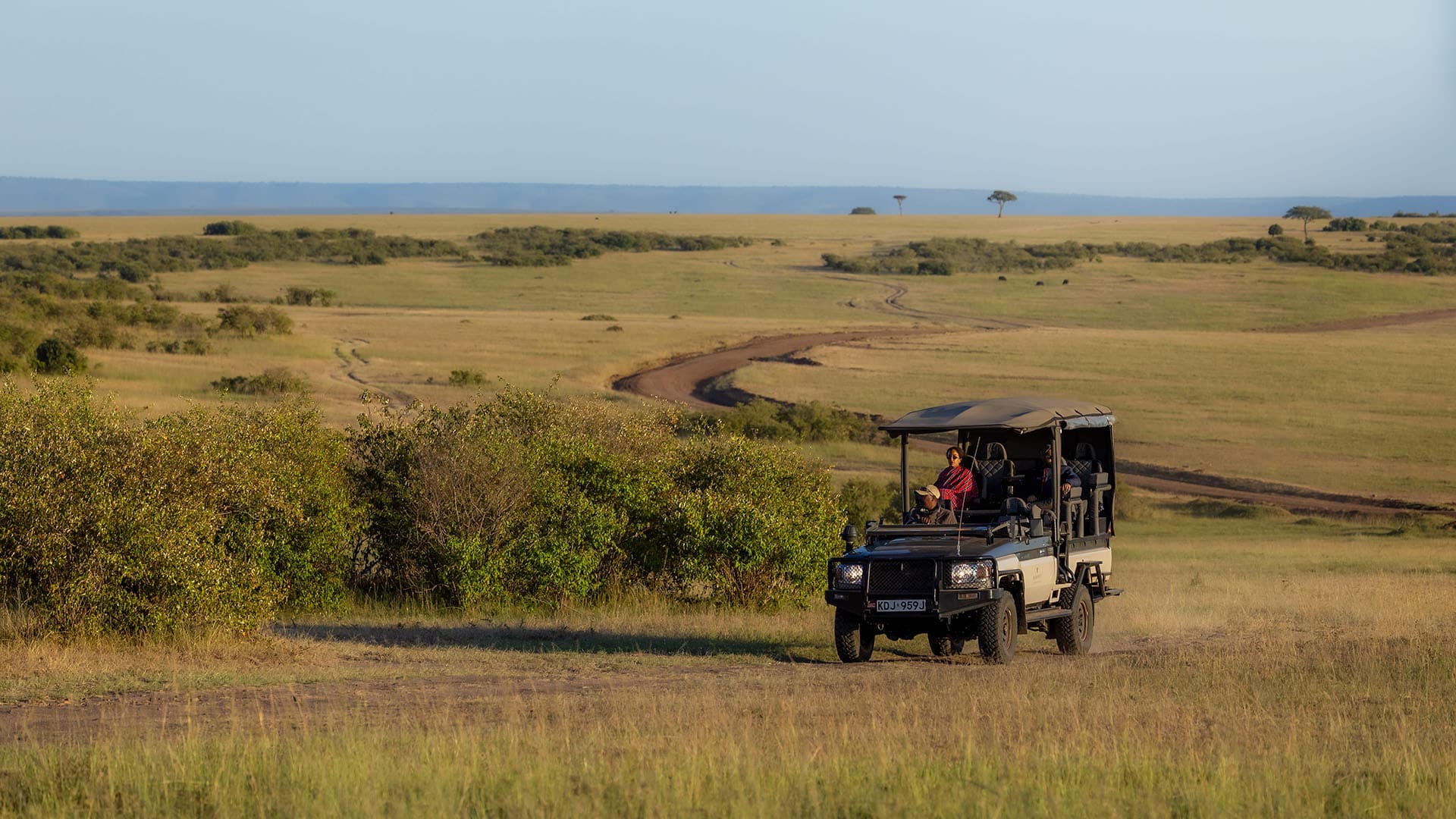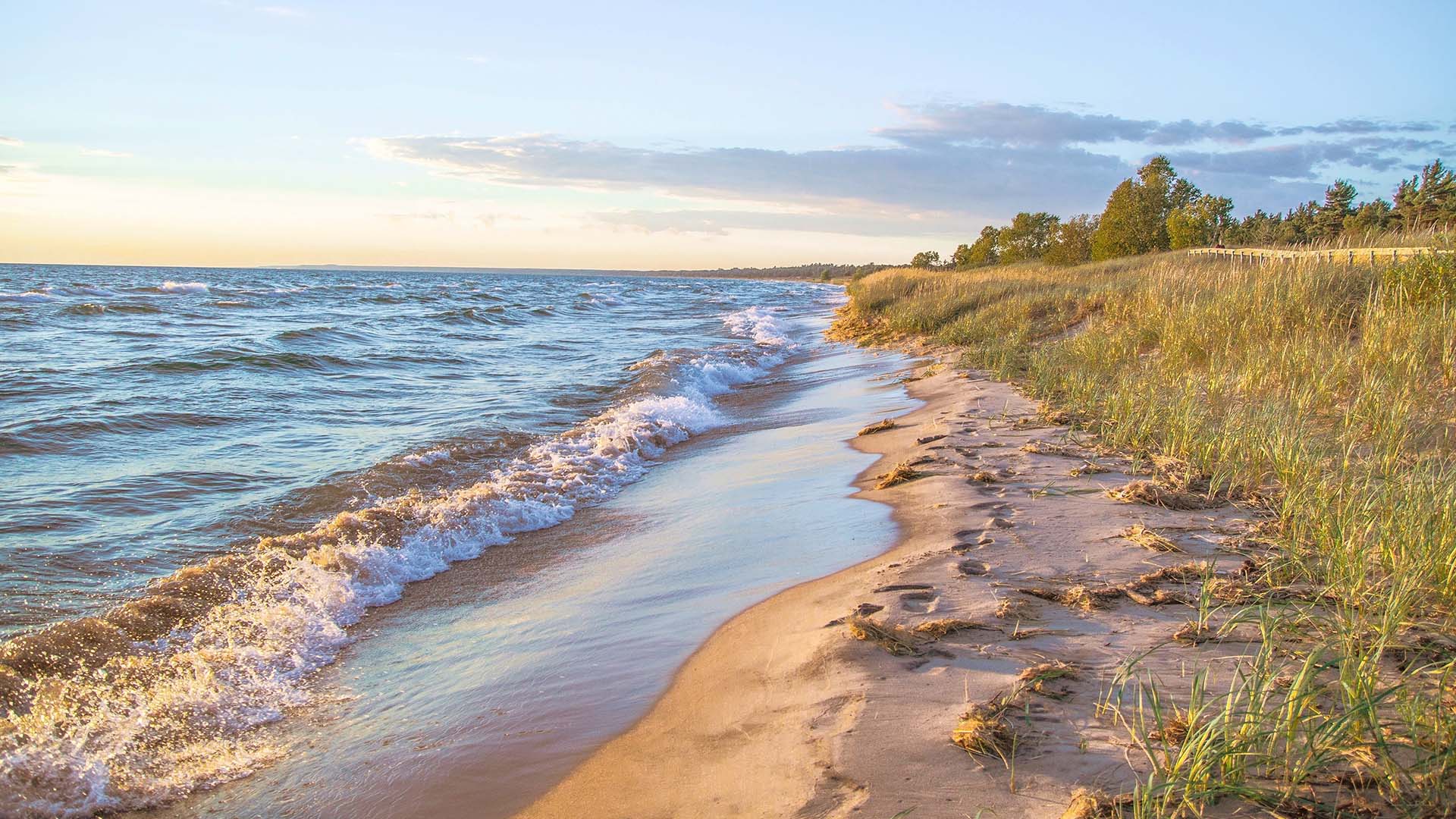
Keep your eye on the starry sky in Death Valley. (Photo: Alamy)
OutdoorsReach for the Stars (or Ponder the Universe) at These 5 Astrotourism Hot Spots
By Jennifer Jeanne PattersonWhen’s the last time you paused to gaze up at the night sky and reflect on your place in the universe? Enter astrotourism, a chance to combine astronomy with travel and tap into that sense of wonder.
On your next vacation, escape the glow of artificial urban light and head to farther-flung locales where dark sky rules. Check out these five U.S.-based astrotourism favorites.
Death Valley National Park, California
The dark sky of this 3.4 million-acre national park seems to extend from horizon to horizon, starting at your feet. Plus, given that Death Valley averages only 2 inches of rain per year, it’s almost always exceptionally clear — perfect conditions for stargazing.
As the world’s largest International Dark Sky Park, Death Valley delivers. Peek through one of the park’s high-powered telescopes to see the brightly lit Milky Way, or sign up for a guided night-sky program with a park ranger. Your best bets for astro-photography will be snapping pics from the moonlit Mesquite Flat Sand Dunes or Harmony Borax Works.
You can visit the park at any time, day or night, but come between November and April to avoid the summer heat. But do pack a jacket, as evening can bring on chilly temps.
Chaco Culture National Historical Park, New Mexico
This park, home to more than 4,000 prehistoric archaeological sites, will take you back a 1,000 years as you learn about how the Chacoan people used the dark night sky to time agricultural and ceremonial events.
In 1993 this park designated the night sky as a critical natural resource, and its efforts paid off. Now an International Dark Sky Park, 99 percent of its land is a “natural darkness zone,” where no permanent outdoor lighting exists.
Chaco’s Night Sky Program includes an observatory visit with telescope viewings, presentations and biyearly star parties. (Tip: The park can only be accessed by dirt roads, so make sure you print out the directions on its web site. Your GPS may be unreliable.)
Headlands International Dark Sky Park, Michigan
The extensive programming at this 550-acre park on the shores of the Straits of Mackinac could leave you with the knowledge of a true astronomer. Case in point: You’ll learn that as the Earth spins on its axis, some stars descend in the west while new stars mount in the east.
Check out Orion in early spring, meteor showers in the summer or the incredible Northern Lights year-round. Walk the one-mile Dark Sky Discovery Trail to reach the Dark Sky Viewing Area, and pass by informational displays featuring signs, photography and indigenous artwork. Dress for cooler weather. Admission is free.
Goldendale Observatory State Park, Washington
Head to the hills surrounding the Columbia River, gazing at stars from 2,100 feet above sea level through one of the largest publicly available telescopes in the U.S.
At Goldendale you’ll have a chance to see planets like Saturn or catch a meteor shower from the park’s newly reconfigured 24.5-inch Newtonian telescope housed in its own dome. Stay for the informative evening solar shows and educational programing.
Arrive early because at certain times of the year, the sunset coincides with the moonrise. Admission is free.
Big Pine Key, Florida
As one of the most southernmost points in the U.S., this scenic island in Florida’s Lower Keys offers clear views of constellations you can’t see from the North.
When European sailors journeyed south of the equator, the North Star disappeared below the horizon. They relied on the Southern Cross constellation, which isn’t visible from the North, to guide them.
See if you can spot it from one of Big Pine Key’s white sandy beaches, along with other constellations, like Carina and Vela, and objects like Omega Centauri and Eta Carinae.
Better yet, attend the annual Winter Star Party in February, a gathering of amateur astronomers that has featured special guests including astronauts and NASA employees, along with more than 600 other aspiring astronomers.







